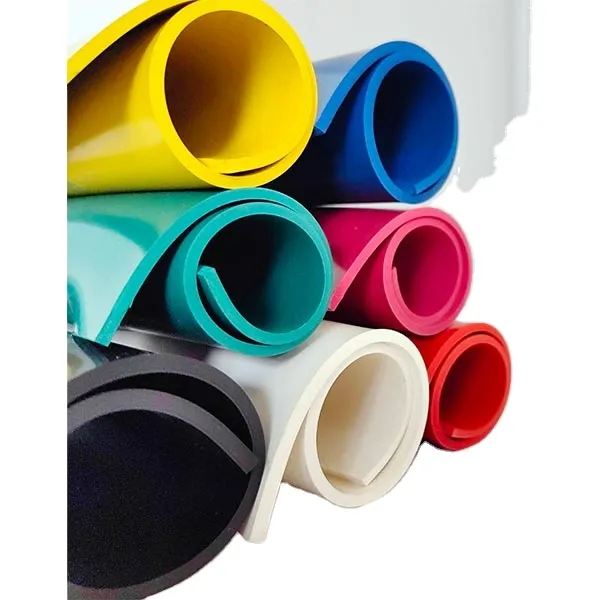drainage cell mat
Understanding Drainage Cell Mats A Key Component in Water Management
Drainage cell mats, often utilized in various civil engineering and landscaping applications, are designed to facilitate effective water drainage in both urban and rural environments. These mats are particularly beneficial in managing excess water, preventing erosion, and promoting healthy vegetation growth. With the increasing concerns related to water management and sustainability, the use of drainage cell mats has become increasingly important.
What are Drainage Cell Mats?
Drainage cell mats are typically made from durable materials such as polyethylene or polypropylene, which are designed to withstand environmental stresses. The structure of these mats is composed of a network of interconnected cells that allow for the efficient movement of water. When placed on a surface, they create a void space that helps collect and channel excess water away from critical areas, reducing puddling and saturation.
These mats can be installed in a variety of settings, including beneath green roofs, on slopes, or even as a part of foundation systems. Their versatility makes them an essential tool for architects, engineers, and landscape designers who are looking to implement effective water management solutions.
Benefits of Drainage Cell Mats
1. Erosion Control One of the primary benefits of drainage cell mats is their ability to minimize soil erosion. By managing the flow of water, they help stabilize soil structures, preventing the loss of topsoil and promoting the retention of crucial nutrients in the ground. This is especially important in areas susceptible to heavy rainfall and runoff.
drainage cell mat

2. Enhanced Drainage These mats significantly improve drainage efficiency. They allow water to flow freely through their interconnected cells, which helps to alleviate localized flooding in gardens, parks, and urban landscapes. This enhanced drainage capacity mitigates the risk of waterlogged areas, which can be detrimental to plant health.
3. Increased Plant Growth The void space created by drainage cell mats allows for proper aeration and water retention in the soil. Healthy root systems require a balance of water and air, and these mats support that balance. Consequently, utilizing drainage cell mats can lead to increased vegetation growth and sustainability in landscaping projects.
4. Sustainable Solutions In an era of environmental consciousness, the use of drainage cell mats aligns with sustainable building practices. Their design often incorporates recycled materials, and they can help manage stormwater effectively, thereby reducing the burden on municipal drainage systems. This proactive approach contributes to urban resilience against the impacts of climate change.
5. Cost-Effectiveness While the initial investment in drainage cell mats may seem significant, the long-term savings associated with reduced maintenance and prevention of water-related damage make them a financially sound choice. Over time, they can help avoid costly repairs and ensure the longevity of landscapes and structures.
Conclusion
In summary, drainage cell mats are a vital solution for effective water management, offering numerous benefits that promote environmental sustainability and enhance plant growth. Their capacity to control erosion, improve drainage, and support vegetation highlights their significance in modern landscaping and civil engineering practices. As urban areas continue to expand and environmental challenges grow, the demand for innovative solutions like drainage cell mats will undoubtedly increase, paving the way for greener and more sustainable living spaces. By incorporating these mats into our designs, we not only address immediate water management concerns but also contribute to the broader goal of ecological balance and resilience.
-
Under Door Draught Stopper: Essential ProtectionNewsJul.31,2025
-
Garage Door Seal and Weatherstrips for ProtectionNewsJul.31,2025
-
Edge Banding Tape for Perfect EdgesNewsJul.31,2025
-
Table Corner Guards and Wall Corner ProtectorsNewsJul.31,2025
-
Stair Nose Edging Trim and Tile Stair SolutionsNewsJul.31,2025
-
Truck Bed Rubber Mats for Pickup BedsNewsJul.31,2025
-
Window Weather Stripping for Noise ReductionNewsJul.29,2025